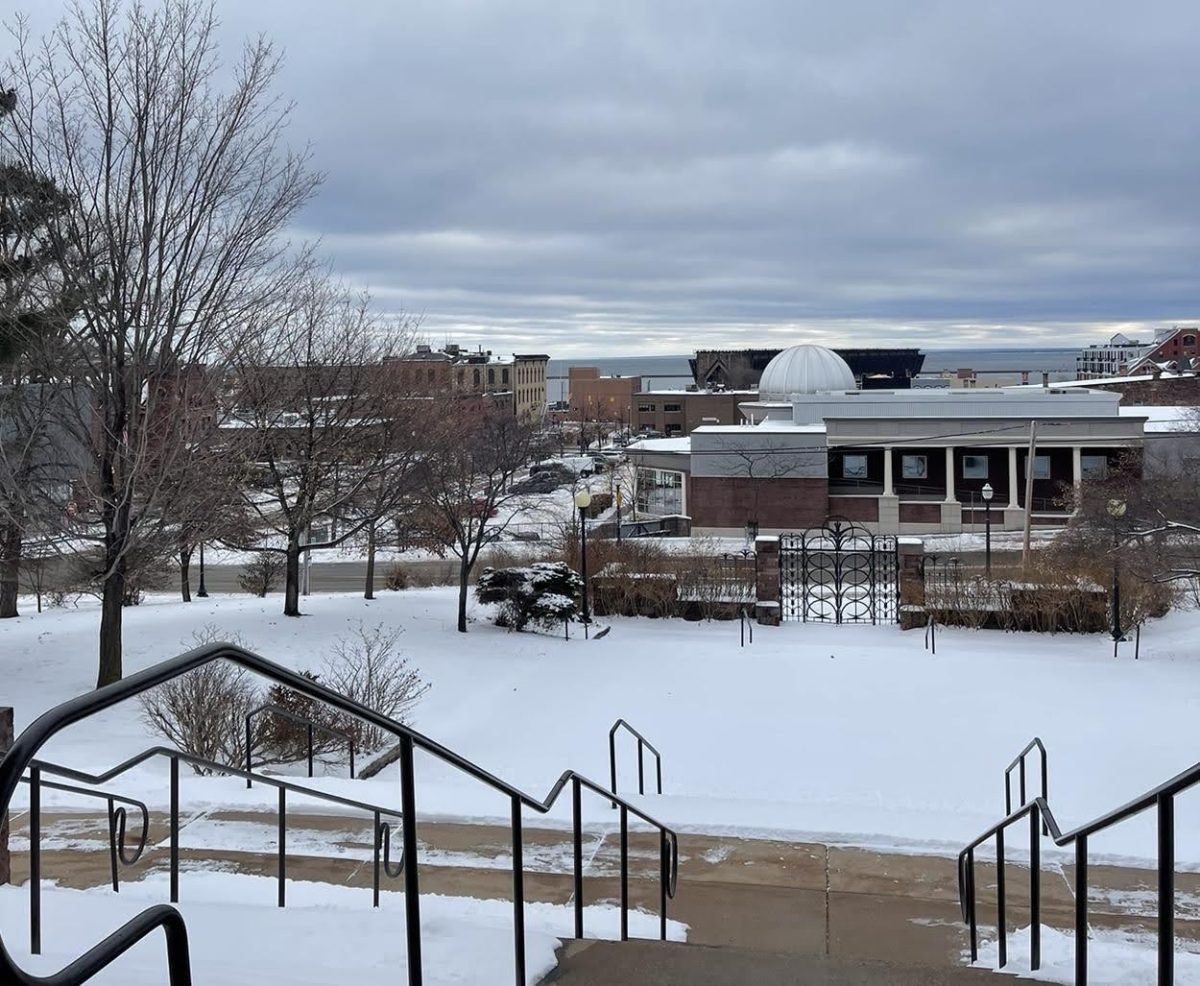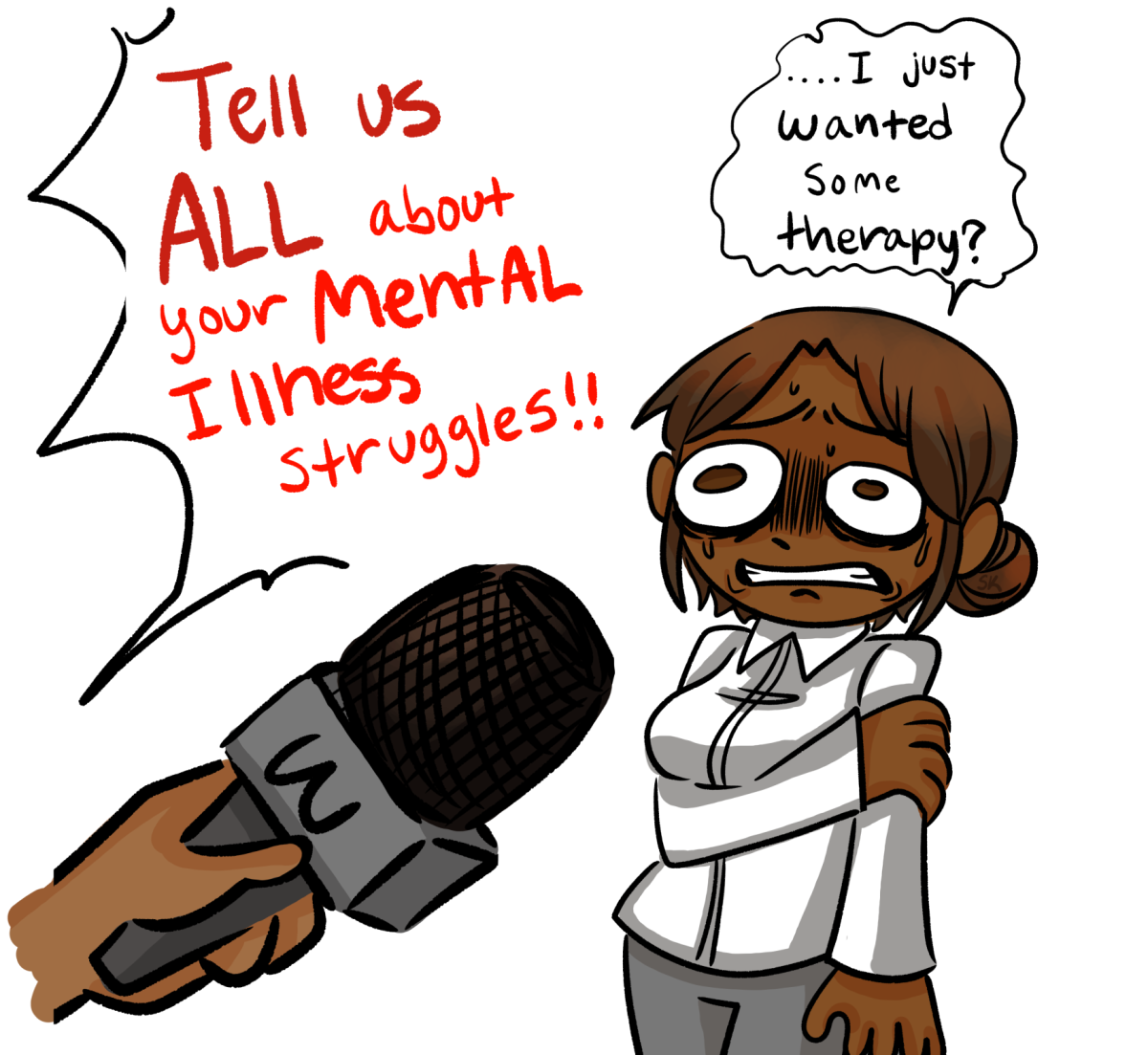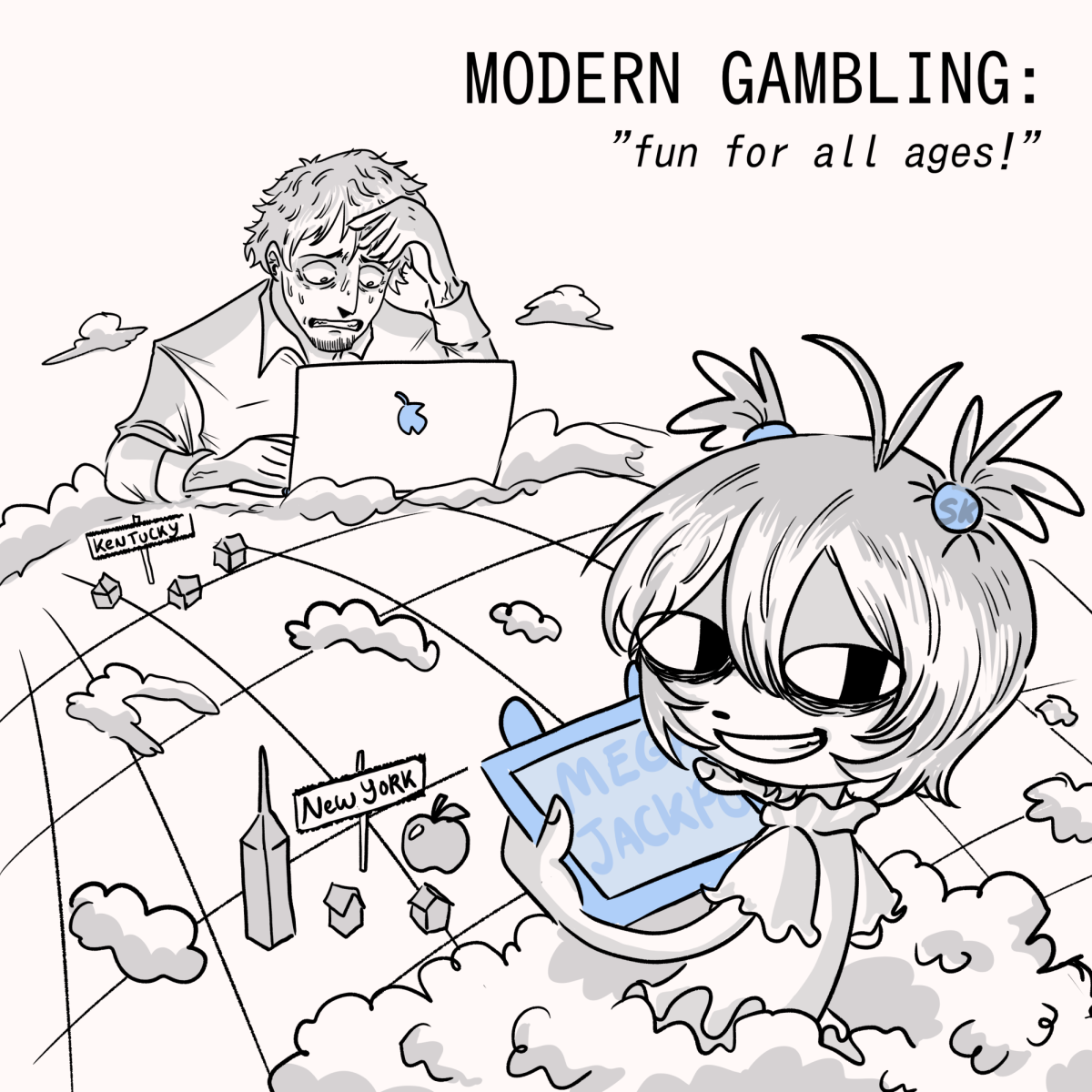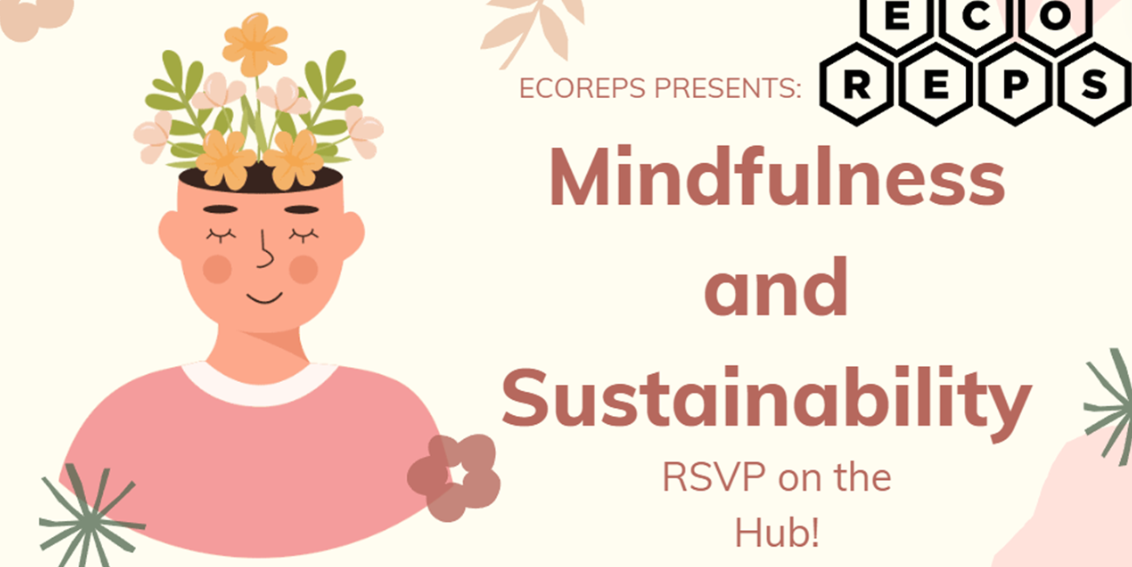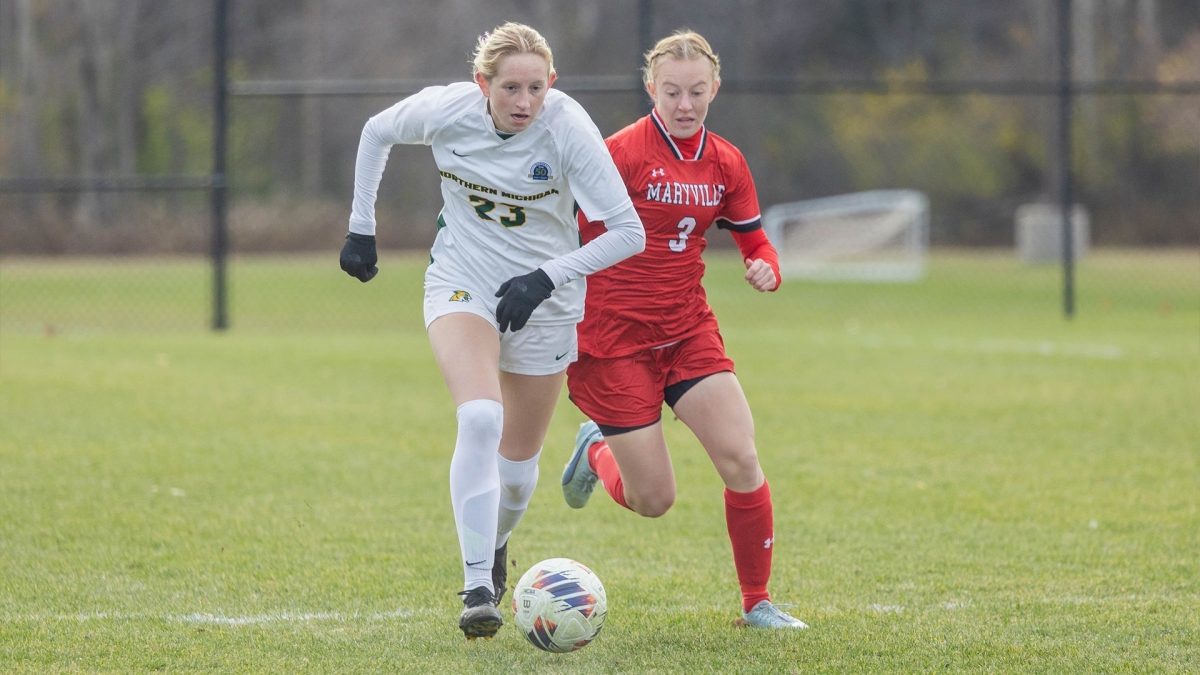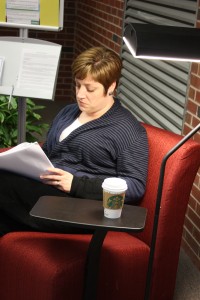It’s the time of year when the lack of daylight is affecting students with a form of depression known as Seasonal Affective Disorder (SAD) or the ‘winter blues’.
According to documents provided by the NMU counseling and consultation center, fewer hours of daylight can affect the levels of serotonin and melatonin in the brain.
These chemical functions regulate mood patterns, sleep and lift your mood.
An estimated 20 percent of Americans suffer from SAD and this is likely caused or worsened by vitamin D insufficiency said alternative medical professional Dr. Joseph M. Mercola.
Anyone can get SAD. Those at a higher risk include those living in an area where winter days are short or where there are big changes in the amount of daylight in different seasons.
Females, those between the ages of 15 and 55 or someone who has a close relative that suffers from SAD are also at a higher risk, as cited in counseling center documents.
Symptoms of the winter blues can begin anytime from from the months of August through October and can last until April or May. Signs of the blues include fluctuations in mood, sluggishness, lack of motivation, isolation, diminished ability to concentrate, negative attitude and a craving for carbohydrates.
Concerned for the health of students, ASNMU formed a project in October 2014.
The project involved placing two sun lamps, similar to the ones available for use in the Counseling and Consultation Center, on the third floor of the Lydia Olson Library.
According to ASNMU President Katerina Klawes, over 100 NMU students used them within the first month.
Students like Georgette Breen, a senior double major in multimedia journalism and media production, found the lamps beneficial.
“After I used the sun lamp I felt great,” Breen said. “It felt like I was sitting out in the sun and it made my mood better.”
The sun lamp spots provide an easy and accessible way for students and staff to treat symptoms of SAD. Next week, the Vielmetti Health Center will also acquire sun lamps for student use. Finally, another will be introduced on the first floor of New Science in the atrium.
About 70 percent of the time, people find the sun lamp spots beneficial, according to Ed Michaels, department head of counseling and consultation services.
Sun lamps imitate sunlight. This tricks your body into believing it’s the sun. For best results, you sit in front of the lamps in the morning for 15 to 20 minutes three times a week working up to 30 minutes.
“It’s supposed to improve your mood and increase your energy,” Michaels said. “But doing it after 2 p.m. can keep you up at night.”
Sun lamps are one method to eliminate SAD symptoms, said Michaels. Exposure to bright artificial light improves symptoms in two out of three cases of the winter blues. The light is about 10,000 lux of full spectrum. This is stronger than normal light bulbs. It affects your body in ways that natural daylight does, but does not harm your eyes. Typically within two to four days of exposure, people notice improvement.
There are other forms of treatment for SAD. Some options include eating a well-balanced diet, following a consistent sleep routine, practicing relaxation and stress management, seeking professional counseling, taking nutritional supplements, working in bright environments near windows or taking medication when prescribed by a doctor.
ASNMU wants students to perform the best they can in their courses and the sun lamp project is one way they are trying to help.
“Students don’t realize how this can affect their academic well being,” Klawes said.
A final way to combat SAD symptoms is to plan an outdoor activity daily. Exercise is helpful to beating the winter blues. Michaels strongly recommends building exercise into your schedule to lift your mood.




